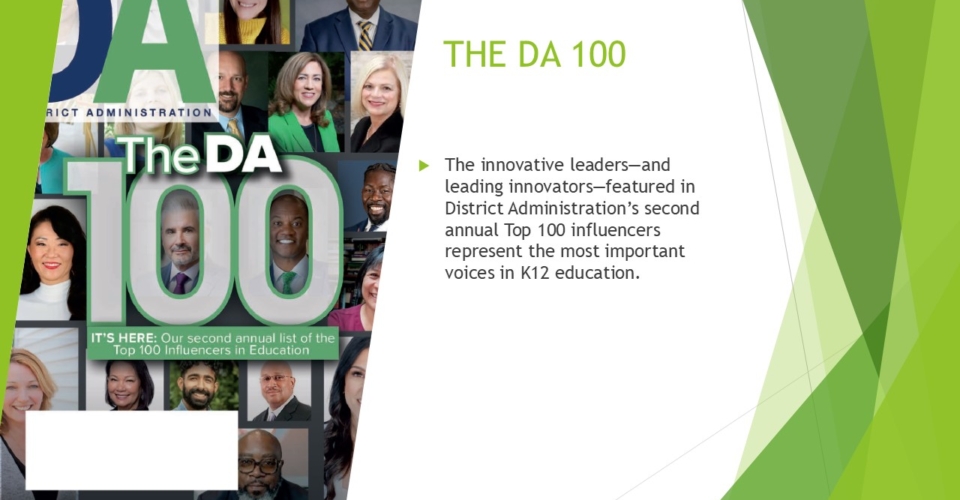As the future of E-Rate relies solely on whether the U.S. Supreme Court finds its administrative structure unconstitutional, district-level edtech leaders worry that its absence will significantly impact K12 schools.
The Supreme Court in March heard oral arguments challenging the federal E-Rate program, which schools have long used to pay for telecommunications and high-speed internet services in rural and low-income communities.
The challenges were first filed by Consumers’ Research against the Universal Service Fund contributions calculated for several different quarters in the U.S. Court of Appeals for the 5th, 6th, 11th, and District of Columbia Circuits, SCOTUS Blog reports. The issues, according to Consumers’ Research, are:
- Whether Congress violated the nondelegation doctrine by authorizing the Federal Communications Commission to determine the amount that providers must contribute to the Universal Service Fund;
- Whether the FCC violated the nondelegation doctrine by using the financial projections of the private company appointed as the fund’s administrator in computing universal contribution rates;
- Whether the combination of Congress’s conferral of authority on the FCC’s delegation of administrative responsibilities to the administrator violates the nondelegation doctrine;
- Whether this case is moot in light of the challengers’ failure to seek preliminary relief before the 5th circuit.
Consumers’ Research argues that E-Rate’s “revenue-raising mechanism is a historic at odds with 600 years of Anglo-American practice.” If E-Rate is upheld, according to the group, and Congress passes similar laws, “there would be no need to pass budgets or make appropriations ever again. The entire federal government could be funded with a single, vague delegation to the IRS, which could then hand over that power to a private group.”
How district leaders are responding to E-Rate pressure
Each year, E-Rate provides nearly $3.9 billion in discounts on broadband services for schools and libraries, according to Funds for Learning. As such, its elimination will likely have a “catastrophic impact” on the majority of school districts, according to a new survey of district-level edtech leaders from the Consortium for School Networking.
The research reveals that 74% of districts agree that ending E-Rate would have a significant impact on their communities. Only 2% of respondents feel that the loss would not have any impact on their district.
Additionally, only 7% of districts report that all their students have access to adequate bandwidth at home, underscoring the need for E-Rate to support districts’ efforts to increase learning opportunities for students while not at school.
Leaders were also asked to rank the areas at risk as they await the Supreme Court ruling on E-Rate. Classroom technology refresh and modernization was ranked highest by 40% of leaders, followed by:
- Devices (39%)
- Cybersecurity (35%)
- Software licenses (24%)
- Teacher staffing (18%)
- IT staffing (16%)
- Broadband access outside of school (14%)
- Professional learning (12%)
“The negative repercussions of cutting off access to instructional digital tools and online resources cannot be overstated,” the research reads.
More from DA: This research shows the full scope of superintendent turnover
Other key findings
Artificial intelligence
- 94% of edtech leaders see AI’s potential for positive impact in education, with productivity being the highest rated area.
- 80% of leaders work in districts that have implemented generative AI initiatives.
Cybersecurity
- Most school districts lack the dedicated funding necessary to keep their networks and data secure.
- 78% of districts are spending cybersecurity dollars on monitoring, detection and response tactics.
- 44% of districts’ cybersecurity monitoring is being outsourced.
Interoperability
- The No. 1 barrier to improving interoperability is a lack of understanding by leaders.
- While there are procedures around the purchase of digital tools, free tools that are downloaded in an ad hoc manner put district data at risk.
- Districts are adopting processes to verify free tools before they are integrated into their digital ecosystems.
Read the full survey here.



